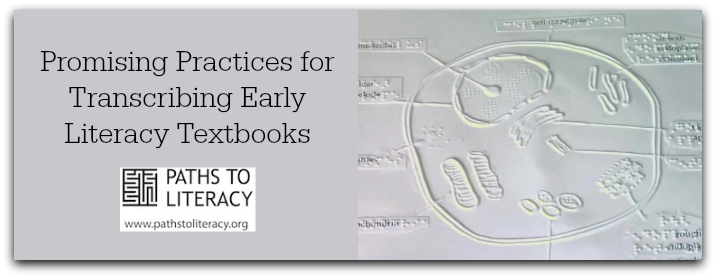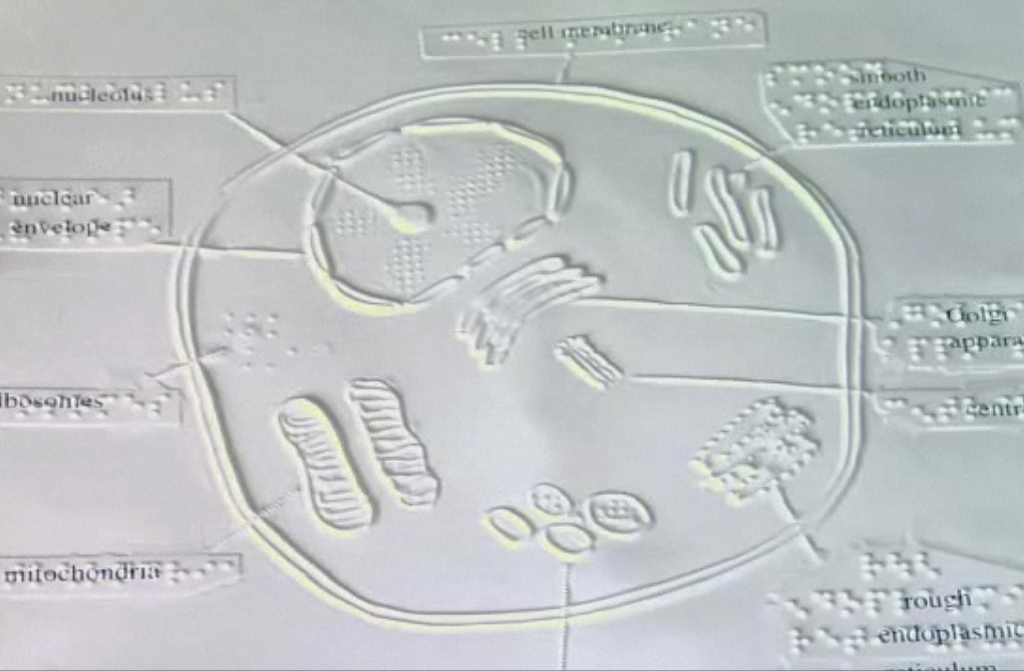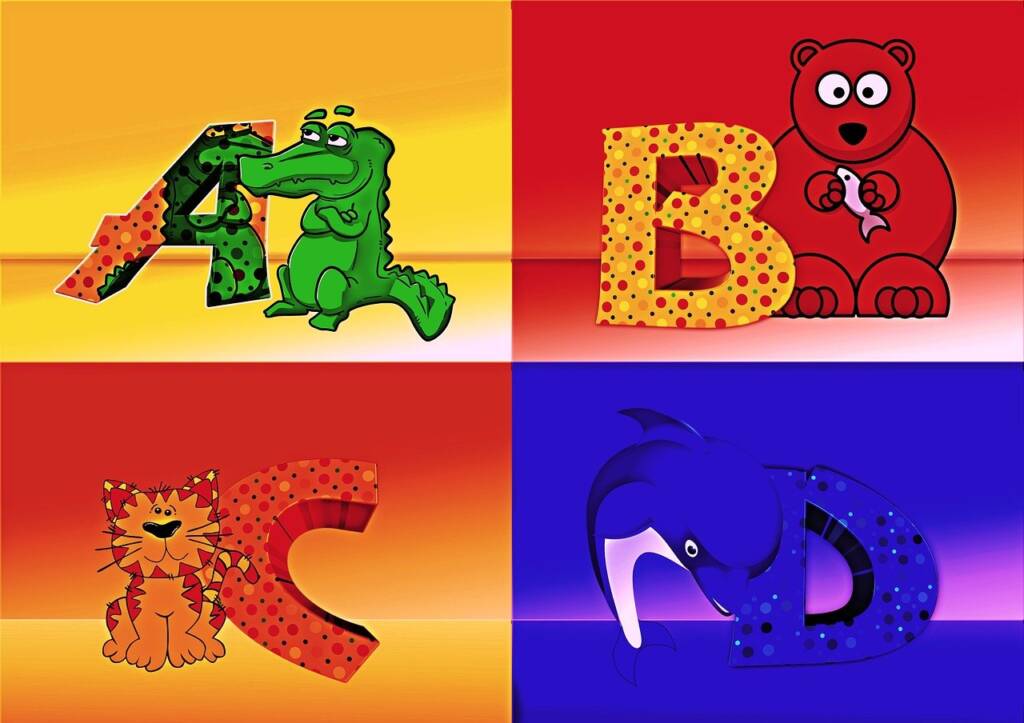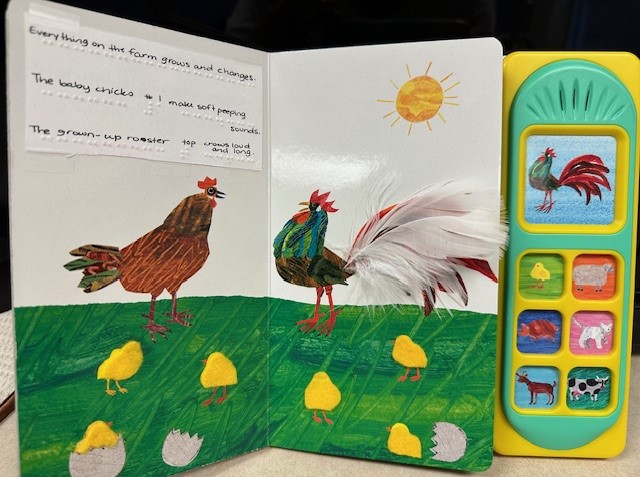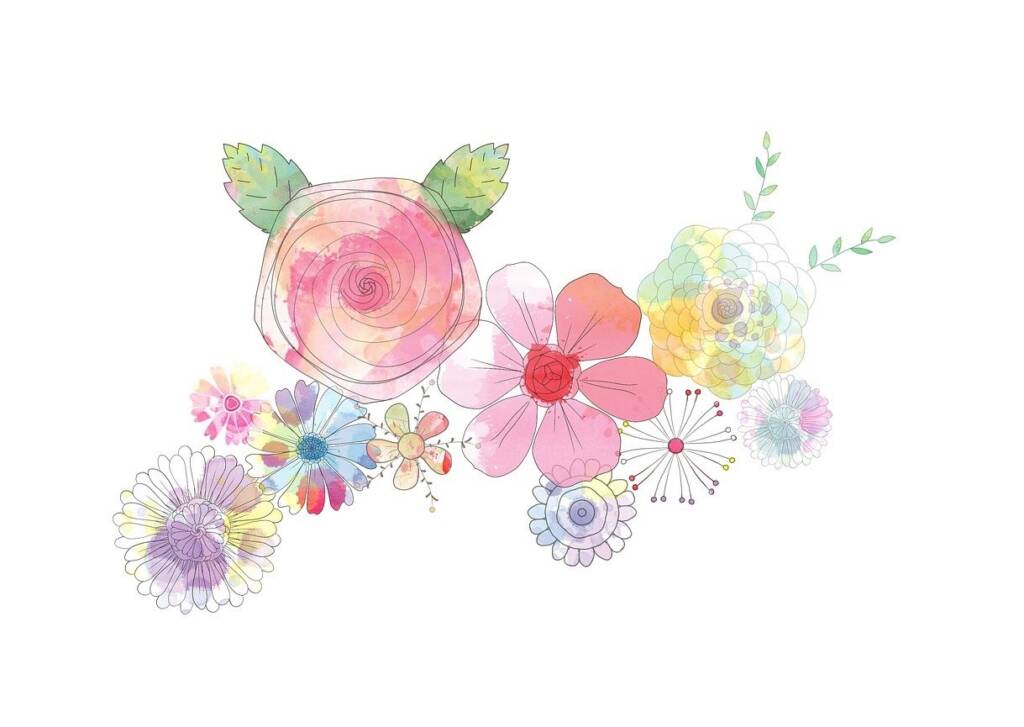Kim Charlson, Director of the Perkins Braille & Talking Book Library and member of The Braille Authority of North America (BANA), talks about the preparation of special format educational materials as an area that teachers and transcribers must always give careful attention. The Braille Authority of North America (BANA) Early Literacy Materials Production Committee and the American Printing House for the Blind Accessible Textbooks Department have collaborated on the development of a best practices document which reflects the underlying principles to consider when producing braille materials for early learners with visual impairments. Read the standards.
What is the best way to handle pictures and graphics in educational materials? How should the issues surrounding graphics or the inclusion of tactile graphics be handled for younger learners?
Teachers and transcribers need to keep in mind that students who are blind or visually impaired gather information from textbooks in a different manner than the sighted students for whom the book was originally designed. It is essential that a teacher or transcriber acknowledge that young children with vision acquire knowledge and learn many things by watching others and then imitating the movements or activities they have observed. The child with a visual impairment often needs direct teaching for those activities. The world of the child who is blind or visually impaired is experienced through direct touch, sound, optimizing of residual vision and/or smell, and the formatting decisions the teacher or transcriber makes in preparing educational materials should reflect the learning style of the student.
How should the issues surrounding graphics or the inclusion of tactile graphics be handled for younger learners?
Early literacy texts are very visual in nature. The teacher or transcriber must continually ask why a picture or graphic is present on a print page and does it add to the conveyance of the instructional concept under discussion. Learning to interpret and read a tactile graphic is a skill that must be taught to a braille reader. Students in grades K-3 are beginning to develop skills to read tactile graphics and might often need assistance in interpreting the information being presented, depending on the complexity of the tactile graphic. Any printed descriptions of graphics in the book itself are generally very limited by the reading level of these early grade books. It can be quite a challenge deciding which graphics to include at the early grade levels.
The student needs to be introduced to tactile representations, but this must be done with appropriate instructional support and in a progression from very basic to more complex. Further research and study are needed in this area in order to help establish the acceptable degree of complexity at a specific grade level.
In the interim, the Early Literacy Materials Production committee has determined that any pictures requiring the student to name the object shown in a picture should be omitted from the textbook. Very basic shapes can be depicted in a tactile graphic for grades K-1 and more complex grids and even maps can be included by grade 3. Most important, classroom teachers must understand that students who are blind need to learn how to read and interpret tactile graphics. Beginning with simple raised line images and expanding into graphics with more elements as skills in reading tactile graphics develop is the preferred practice.
How can professionals keep informed on developments in the area of early literacy materials?
In 2011, the Braille Authority of North America published the first code and guidelines for the production of tactile graphics anywhere in the world. This joint project of BANA and the Canadian Braille Authority will provide best practices for all types and styles of tactile graphics, production methods, interpretation of what to include, and materials required to produce tactile graphics. To receive email notification from BANA of the publication of the Tactile Graphics Guidelines, or other announcements from BANA, visit www.brailleauthority.org and sign up for the BANA-Announce email list.
About Kim Charlson
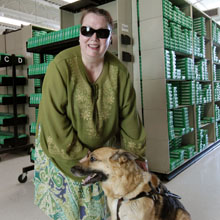
Kim Charlson was appointed director of the Perkins Braille & Talking Book Library in 2001 following 16 years as the Service Management Librarian and Assistant Director. She has distinguished as a recognized national and international experton library and information services for people with disabilities, Braille literacy, adaptive technology in libraries, and information access. Ms. Charlson serves on a number of committees for the Library of Congress’ National Library Service for the Blind and Physically Handicapped and as a national member of the Braille Authority of North America. In 2004, she was inducted into the Massachusetts Library Association Hall of Fame.
Teachers and transcribers need to keep in mind that students who are blind or visually impaired gather information from textbooks in a different manner than the sighted students for whom the book was originally designed. Early literacy texts are very visual in nature. The teacher or transcriber must continually ask why a picture or graphic is present on a print page and does it add to the conveyance of the instructional concept under discussion. Learning to interpret and read a tactile graphic is a skill that must be taught to a braille reader.
The student needs to be introduced to tactile representations, but this must be done with appropriate instructional support and in a progression from very basic to more complex.
To learn more about the recommendations made by the Braille Authority of North America (BANA) Early Literacy Materials Production committee, read the full article.
For additional information, see also Tactile Graphics.
